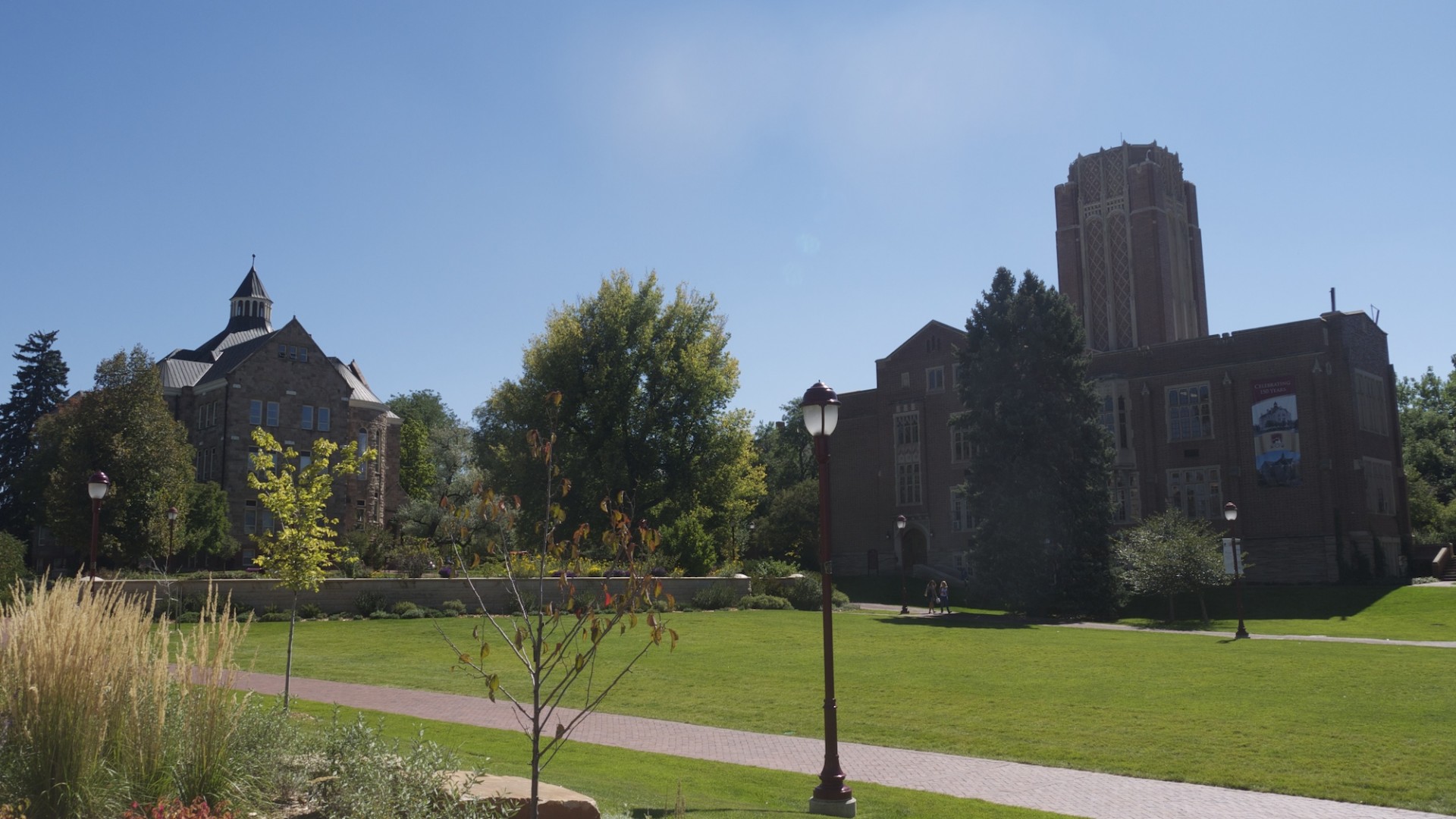Undergraduates at DU often feel like the forgotten stepchildren of our administration. Higher-ups look at prospective students with longing eyes, just hoping that they will choose DU, and the student body is often forgotten. The administration seems to be willing to go to great lengths to cater to the wants and needs of prospective students, but doesn’t want to spend time, money or resources on students already in attendance. DU’s priorities are severely skewed, as can be seen by aspects of our dining halls, housing department and website.
If you have ever lived in the DU residence halls, you can see the double-edged sword of tour days. The dining halls are extremely overcrowded, but the food seems to taste better. However, Ira Simon, the resident district manager of Sodexo at DU, said that this is a myth, and that the food isn’t changed at all for tours.
Among students, including second year Aristotle Johns, this doesn’t seem to be the case.
“If it’s a bigger tour day, like Pioneer Days, then the food’s a lot better,” he said. Ingredients seem to be fresher, and desserts are freshly made—not just leftovers from the previous day.
Cooking better food for prospective students, if this happens to be the case, is a huge slap in the face to the student body. At the moment, the truth is unclear—perhaps an article for another day.
Furthermore, DU incurs great costs when allowing each touring family to eat in the dining halls. Sodexo does not absorb this expenditure; Simon said that DU has to pay Sodexo $7.25 for every visitor who eats in a dining hall while touring. The dining halls are only one example of how DU is prioritizing prospective students over those who are already here.
On another note, due to the increasing number of students at DU, our housing department is greatly lacking and cannot provide enough accommodations for students.
“DU is growing exponentially every year, but housing isn’t growing that fast. Admissions let in so many new students this year that there isn’t enough room for all the first years to live in either Nagel or Nelson next year. We’ve had to open up spots in Centennial Towers for them,” said Meagan Traver, a second year student who works in the housing department. This year, Towers houses mainly first year students, but more second years will be living there as of this fall.
According to the DU housing website, DU is expanding their housing options—opening up University Lofts this fall, as well as constructing a new building on University Boulevard and Iliff Avenue. Unfortunately, these changes aren’t happening fast enough, and third and fourth year students will still have difficulty finding on-campus housing.
Another housing issue involves students coming back from study abroad. DU often brags about our high rates of study abroad involvement and excellent programs, but doesn’t mention that students may not have housing when they get back.
“The fall wait list is very lengthy for juniors who aren’t even going abroad,” said Traver.
This means that juniors coming back from abroad almost have to find housing elsewhere, defeating the purpose of $3,000 a year housing grants that many students receive. If DU does not plan on allowing students to live on campus, they should not allocate specific housing money to students—this only creates a false sense of financial security.
When DU tells an incoming first year student that they will receive $3,000 per year for living on campus, this creates an incentive for the student to come here. However, the student will likely only find out that they won’t be able to use this scholarship for as many years as they would like once they have already committed to and are attending DU.
Comparing the university website to websites that students frequent, the university’s main website, compared to Canvas and PioneerWeb, clearly shows where the administration’s priorities lie; the main website is beautifully designed and intuitive, whereas student portals are confusing and difficult to use.
Some may argue that the main DU website is meant equally for prospective and current students, but this is clearly not the case. The first link on the top banner proclaims, “Prospective Students.” You’ll also see “About the University” and “Apply” links on the main screen (uncomfortably reminiscent of Trump’s multiple “Donate” links on his campaign site).
As for functionality, students consistently experience difficulty with PioneerWeb when registering for classes, often being kicked out of the program. Registering for classes is already a stressful time for students, and needing to email or visit counselors in person when the portal isn’t working is an unnecessary hardship. Spending money on DU’s outward image (the main website), instead of on student portals is just another way that the administration is prioritizing their reputation to high schoolers and their families over students who are already paying tuition here.
More money should be allocated to bettering student websites instead of DU’s outward image on their main site.
Students oftentimes forget that DU is not only an educational institution, but a business as well. This is not to say that DU should not operate as a business, but it should take a more big-picture approach to education. Making prospective students happy while ignoring current students is not a sustainable model, and if the administration does not recognize this now, it will certainly become obvious in the years to come.










